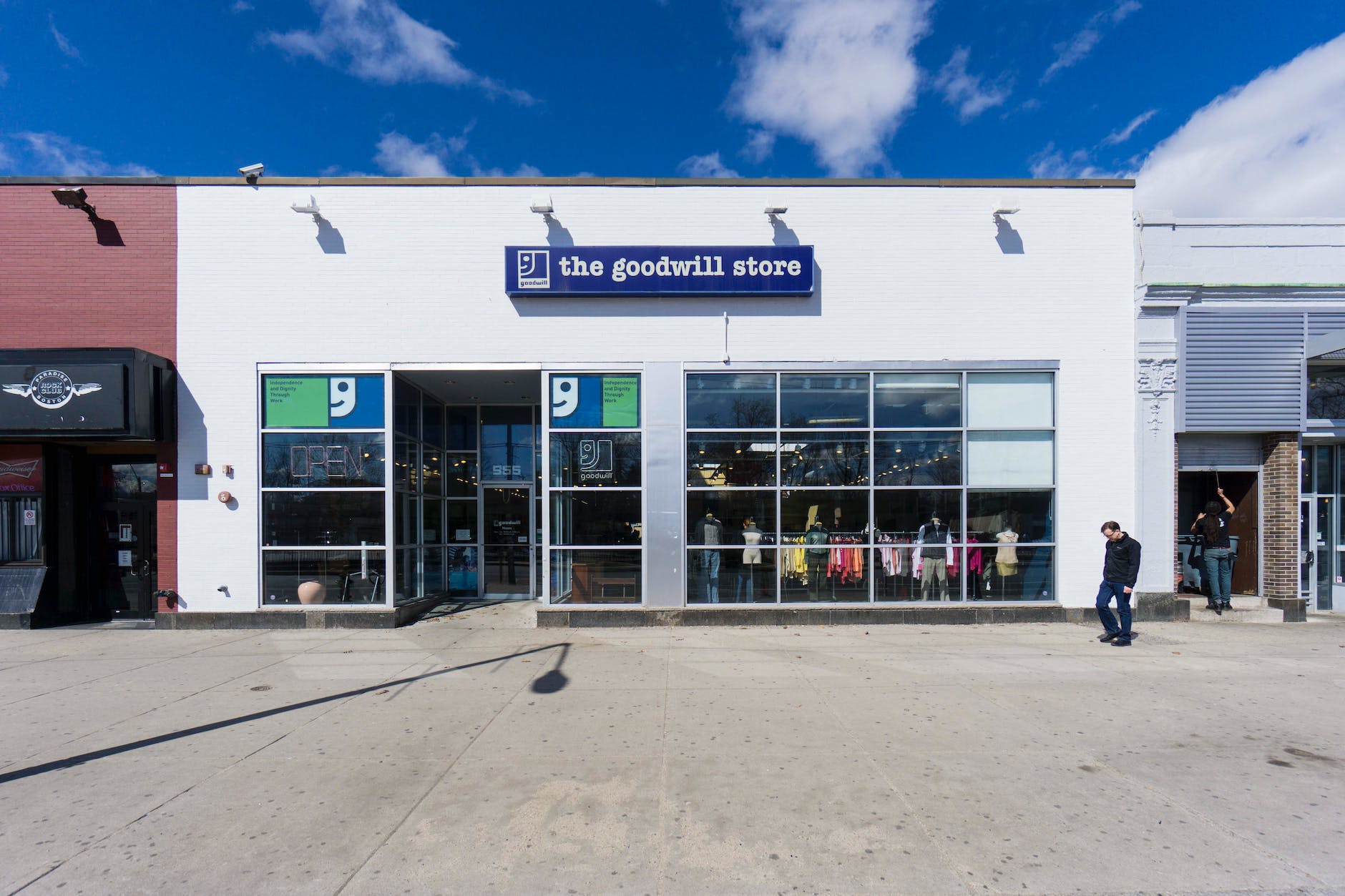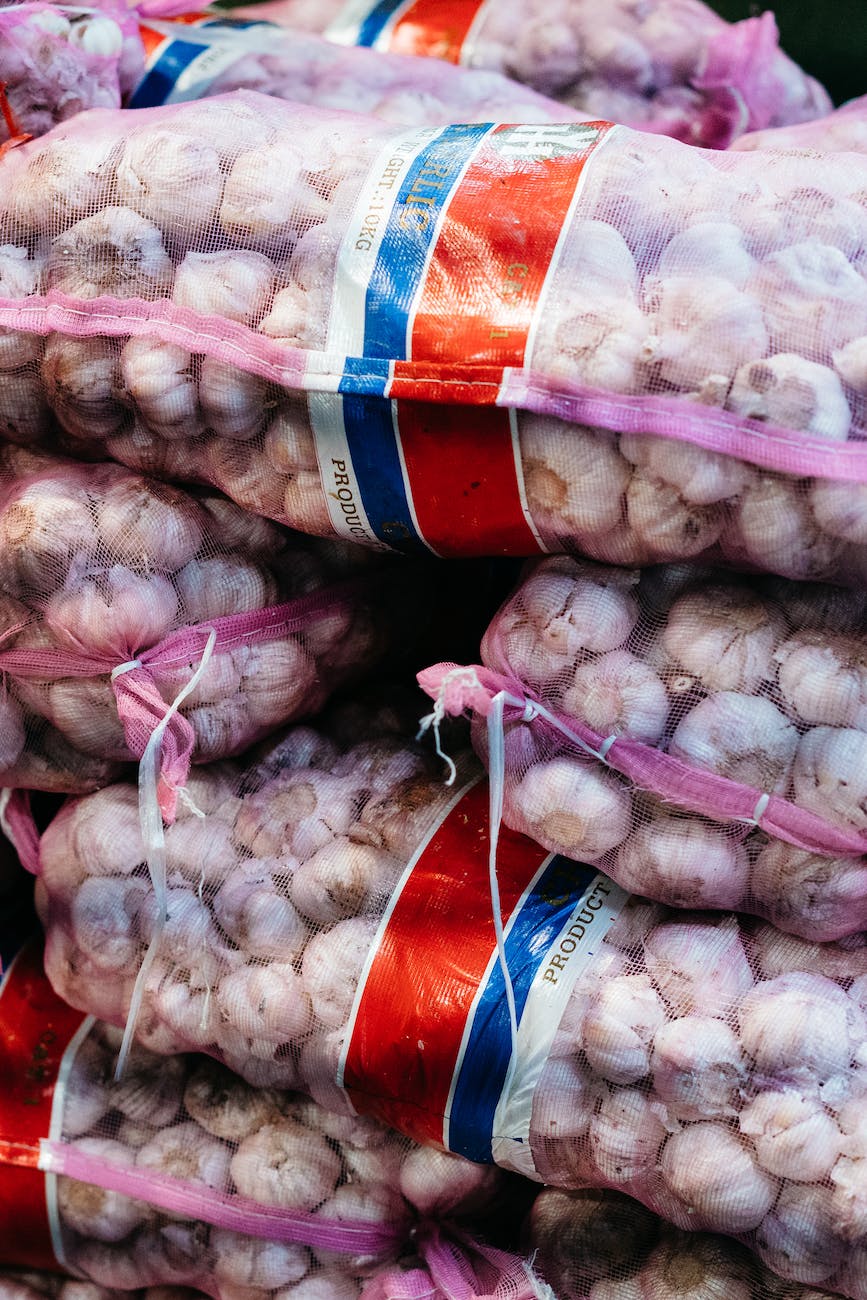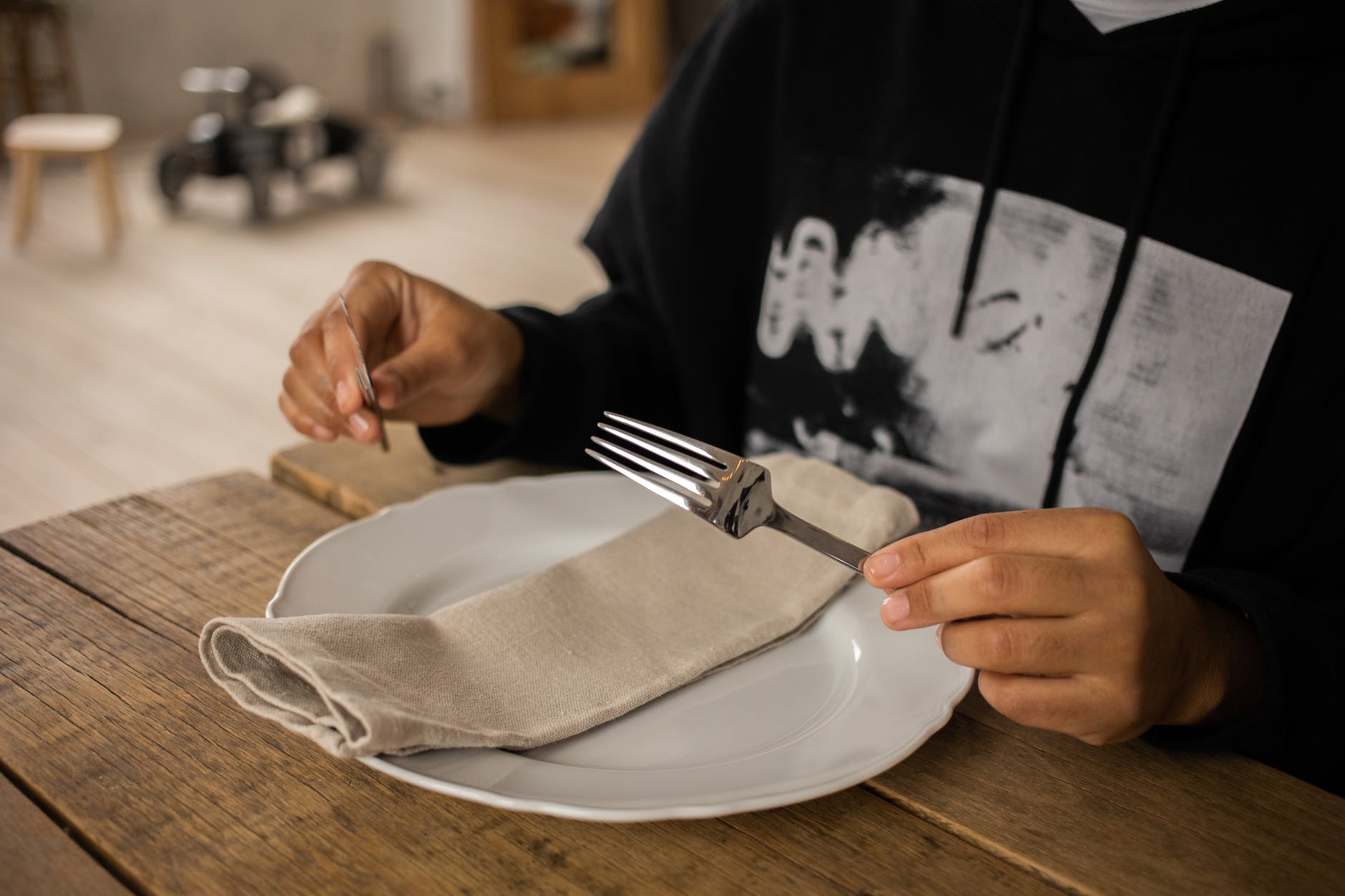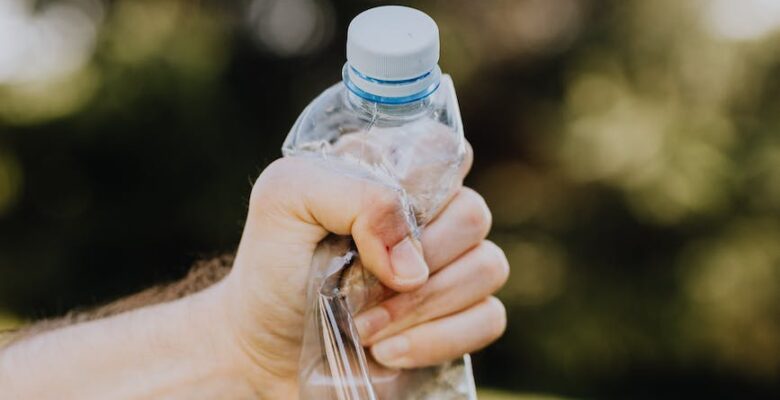Do you feel like your life is full of disposable items? You’re not by yourself. Here’s how to reduce trash while still saving time and money.
I didn’t give any thought to my environmental impact before having children. I took public transportation, lived in a small apartment, and never had enough garbage for weekly pickup (read: single working woman who was never home). When I had children, I became concerned about the state of our planet and how it would be left for my children. Ironically, when I had kids, our family turned into a waste-producing steamroller, leaving a trail of ruin in our wake. I wiped up every spill with a paper towel.
For vehicle journeys, I kept a large armory of snacks in plastic bags affectionately referred to as “snack packs.” In terms of transportation, we drove everywhere. Every week, takeout cartons paraded into our home, then out as rubbish. Diapers, rubbish, and everything else piled up. (Don’t even get me started on the fallout from our weekly Costco trips.) But, with each much-needed cup of coffee—of course, in a disposable cup—I heard a nagging voice. And it began to bother me. Overwhelmed by the mountains of stuff in our home, I concluded I needed less clutter in my life—less rubbish, turmoil, and junk.

We made a concerted effort to get our act together at the start of this year, no matter how fatigued we were from chasing two toddlers all day. We gradually made small modifications and began to turn things around. We began to spend significantly less time dealing with clutter, rubbish, and shopping—and we began to save money.
Everything became more doable when the mental strain eased. Okay, that’s a lie: nothing is ever truly manageable with two children under the age of four, but there was a big change toward less waste and less trash (except for the diapers, which continually piled up).
Based on my own experience and expert recommendations, here are 25 modest steps you can take right now to minimize home waste—even if you’re weary.
1. Experiment with FIFO (First In, First Out).
I learned about FIFO when I spoke with Irene Ngo, HelloFresh’s head of culinary. It’s a restaurant phrase, but it can also be used at home. When unpacking groceries, place older goods in the front of the fridge, freezer, or pantry and fresh foods in the rear. This reduces clutter and increases the likelihood of using things before they expire.
2. Make the switch to paperless billing.
Our account statements (along with our children’s artwork, childcare notes, and restaurant flyers) used to pile up at the front door. Spend one evening converting all of your billing to electronic billing.
Make a “safe list” for them so they don’t end up in the spam bin. When they arrive, mark them as “important,” then uncheck them once they’ve been paid. Mark your calendar every month and deal with everything at once. Clickety-click!
3. Replace your toothbrush.
I’d been following (read: stalking) Katelin Leblond of PAREdown Home for a while and eventually got to meet her at one of her workshops. Leblond, a mother of two, has made living in a zero-waste household her lifestyle and business (yes, you read it correctly!). She mentioned bamboo toothbrushes to me. To begin, inventory your toothbrushes and use up what you have on hand, saving the old ones for cleaning duties. Consider a compostable bamboo toothbrush when it’s time to replace it. They function similarly and do not end up in the garbage.
4. Purchase used clothing.
Nicole Manek, one of my daycare pickup mom friends, makes a profession repurposing vintage materials into lovely artwork. She has seen the insides of textile-waste processing plants as the creator and curator for Life of Manek. “I can tell you that a huge amount of textile waste is children’s clothing,” she explains.
Manek buys used clothes for her son whenever she can. “I make it a point to teach him that these items are new to us but have been used by others and that by reusing them, we are helping the environment.” I also remind him that Rocky from Paw Patrol recycles items. Rocky has significantly increased the cool factor for recycling in our house.” Make thrifting a family weekend adventure—it may be the ultimate scavenger hunt. Mom is the winner!

5. Purchase odd-looking produce.
Many fruits and vegetables are discarded by vendors due to their unusual sizes, shapes, or colors. However, genuine food does not always come in beautiful packaging. Ngo does not hesitate to purchase these things at farmers’ markets or supermarket stores. “You’re teaching your family that food comes in all different shapes and sizes, and you’re helping to use up food that would otherwise go to waste.”
6. Create a “questionable” container.
If you’re unsure how to dispose of something, or if you have batteries or bulbs that can be recycled but must go to a particular facility, Leblond recommends putting them in a bin and dealing with them all at once a year. That way, you won’t be tempted to throw them away incorrectly. When the year is up, you can dispose of them all at once, which will take significantly less time than disposing of batteries one at a time.
7. Encourage sustainable takeout.
Home-cooked meals will not be served every night. Because of the realities of family life, you may need to order dinner. When you order takeaway, though, you’re likely to end up with an alarming amount of plastic containers. I recently discovered that black plastic cannot be recycled. Ugh! That results in a lot of trash.
Consider ordering from establishments that use compostable or totally recyclable containers, and always leave a note indicating that you do not require cutlery or napkins. One extra? You can stop feeling bad about eating pizza because it comes in a recyclable box! Want to take it a step further? Leblond asks eateries if she can bring her own takeout containers.
8. Change up your coffee routine.
Coffee cups are a major perpetrator of the one-use-disposal eco-crime. Because of the coating on the interior of the cups, they are NOT recyclable (facepalm). If you’re going to buy single coffees, get a travel mug. A mason jar with a sipping cover and sleeve can suffice. (I’m a little fascinated with mason jars.) Our family recently purchased a drip coffee machine and two travel mugs. I can’t believe we didn’t do this years ago: we save so much money, plus I can drink coffee within 10 minutes of getting out of bed.
9. Participate in buy-and-sell groups.
You might be astonished that someone is interested in that old Baby Bullet you no longer use and will come to your house to collect it and leave you money, but they are, and they will! When you sell anything you no longer use, you keep it out of the garbage, you save someone from having to buy something new, and you make some money. Totally worthwhile! In addition to joining buy-and-sell groups, make use of local resources such as tool-share programs.
10. Select the best diaper for your household.
I intended to use cloth diapers, but my daughter arrived early, and I was taken off guard with parenting, so it became priority number one. You were either team cloth or team throwaway in my mind.
Today, however, there is a wide range of options. Perhaps you use cloth diapers with disposable liners, manufacture your own wipes, or simply switch to a more environmentally friendly brand. Do what works best for you while considering the environment.
11. Avoid purchasing large packages.
Ngo says of the huge membership stores. Only buy in bulk if the ingredient has a long shelf life.” Furthermore, many of those things are double or triple-packaged. I try to buy items with the least amount of packing possible, but if you end up with a pile of cardboard boxes, we have projects for you!

12. Avoid using single squeeze packs.
Those little squeeze single packs of puréed fruit and vegetables are convenient, but most municipal recycling programs do not accept them. Skip the squeezer and opt for classic fruits like bananas, which come in convenient packages. If your little one isn’t ready to give up these helpful packs, look into other recycling options.
13. Increase the lifespan of your clothing.
Drop off broken or outgrown clothing at a tailor for patching between grocery runs and playdates; even in the age of rapid fashion, it’s still less expensive than buying new. Alternatively, you might try to do the stitching at home and save yourself the trip.
When your child’s jeans develop a hole, sew these gorgeous heartfelt patches—you can completely do it yourself, and it takes less time than you think.
14 Increase in size Purchasing foods in bulk reduces the amount of packaging you need overall.
You can only shop for dry products a few times a year. It’s less expensive, takes less time to shop, and you’ll rarely run out. Bulk Barn has even implemented a reusable container program, allowing you to have a waste-free shopping experience. Bulk Barn, we salute you.
15. Keep a takeout kit on hand.
You don’t have time to pack your lunch? We understand. Keep a minimal kit available for quick, waste-free food grabs. Put utensils and a cloth napkin in it to prevent using throwaway cutlery at fast food places. Bonus: Gone are the days of nerdy lunch containers, and you can now get numerous lovely containers that are also light and small.
16. Use reusable dryer balls instead of dryer sheets.
I never thought of using dryer sheets in the first place, but Leblond makes a compelling case for converting to balls. I use wool dryer balls that have been sprayed with essential oils instead of dryer sheets. Did you know that by soaking up water, dryer balls can actually reduce drying time? It can reduce 10 – 25% drying time. Store-bought balls can last up to 500 washes, or you can manufacture your own from leftover wool. This dryer ball craft is at the top of my to-do list.
17. Use reusable bags for produce as well.
It’s past time to put an end to the use of plastic bags. Make it a practice to bring bags with you, and keep reusable produce bags on hand. Even so, you’re going to forget from time to time. If you do, request boxes, which are a far more environmentally responsible option.
18. Mark your mailbox with a “no junk mail” sticker.
It’s wonderful when my preschooler gets enthusiastic about her “pizza letters,” but I’m continually throwing these flyers away. I also included the phrase “no solicitors” on my sticker. Thus far, so good!
19. Avoid using disposables in the kitchen.
Oh, the paper towels, plastic wrap, paper napkins, and sandwich bags! Use up your stock and stop purchasing them. Instead of tinfoil or parchment, try using a silicone baking sheet. I now maintain a large bowl of clean clothes on the counter that I use a few times before tossing into a laundry bin that is easily accessible. Manek gets his cloth napkins from secondhand shops.

20. Go shopping in your village.
Don’t be afraid to contact parents and acquaintances with older children and make them offers on hand-me-downs, Manek adds. I’ve also made friends with a woman whose son is a year younger than mine, so she gets all of his outgrown clothes.”
21. Use up all of the produce.
Ngo advises keeping vegetables whole. “We get into the habit of peeling most of our produce (think squash, potatoes, carrots, and citrus fruits) and discarding the skin, but did you know that the peel contains the majority of the fiber and nutrients?” She roasts veggies with their skins on and zests lemons, limes, and oranges to freeze and use in muffins or salad dressings later.
22. Take inventory.
When I asked my kid what I did, she said that I “put things in bags.” I’m generally rearranging stuff amid a never-ending traffic congestion of toys, socks, and clutter. I’m decluttering it all slowly, one awful drawer at a time. I began by taking stock of my cupboard, discovering three packs of panko crumbs and protein bars that were older than my children. I can use up the nice food and make room for my new mason jar method for organizing grains and dry goods by taking stock.
23. Empty your inbox.
Unsubscribe from all of those retailers to avoid over-consumption temptations and distracting e-waste.
24. Your freezer is your best friend.
It’s easy to overlook the fresh vegetables in the fridge that are about to spoil. “If you notice that some veggies are starting to bruise or wilt, freeze them,” adds Ngo. Lots of fruits and vegetables can be frozen and used later in smoothies, soups, and stews.” Freeze fruits and veggies in a single layer on a baking sheet first, then transfer to reusable containers.
25. Create a family gimme list.
When aiming to live a zero-waste lifestyle, Leblond’s family wisely got down and established a list of products they were unwilling to give up. “At first, my husband and I had individual ‘mulligan lists’ that included a few must-have personal luxury items as well as a few household essentials,” she explains.
“Over the next few weeks, as we went about our daily lives, our lists grew to 14 and 16 items, respectively.” They set a target of reducing each list to 10 items within a year. Even if you aren’t ready to go completely waste-free, establishing a list can help you put things in perspective so that you don’t feel deprived and lose enthusiasm.
